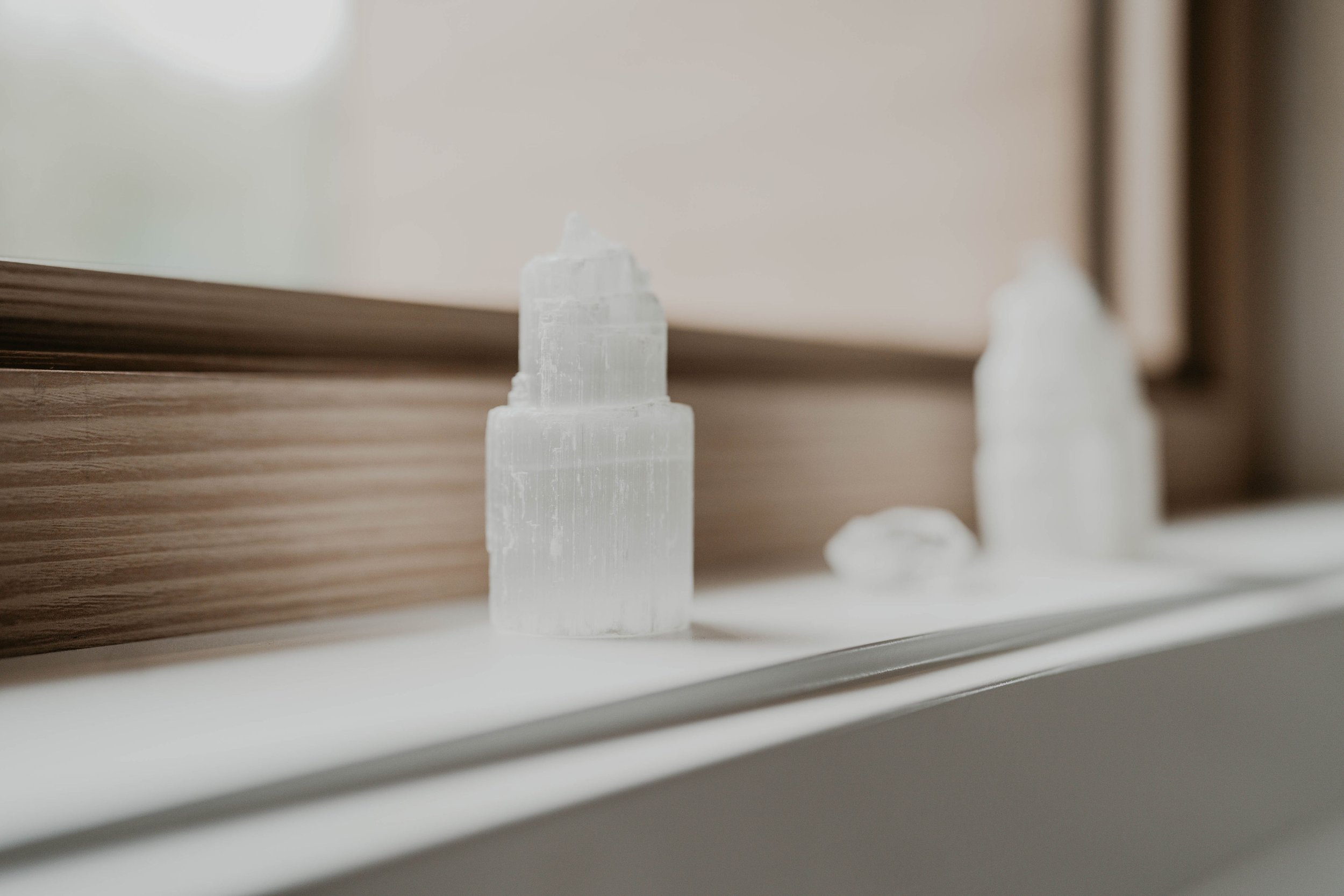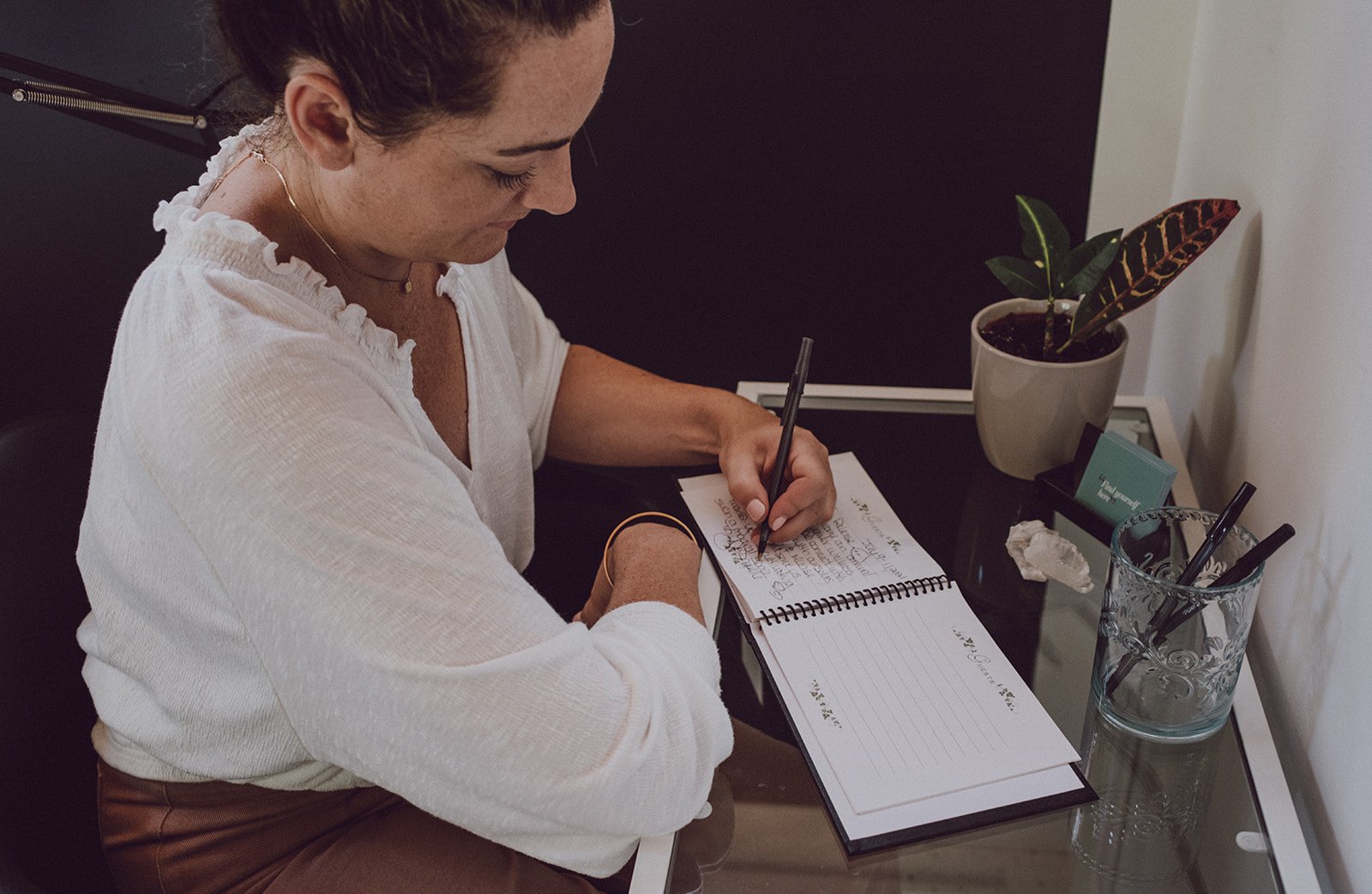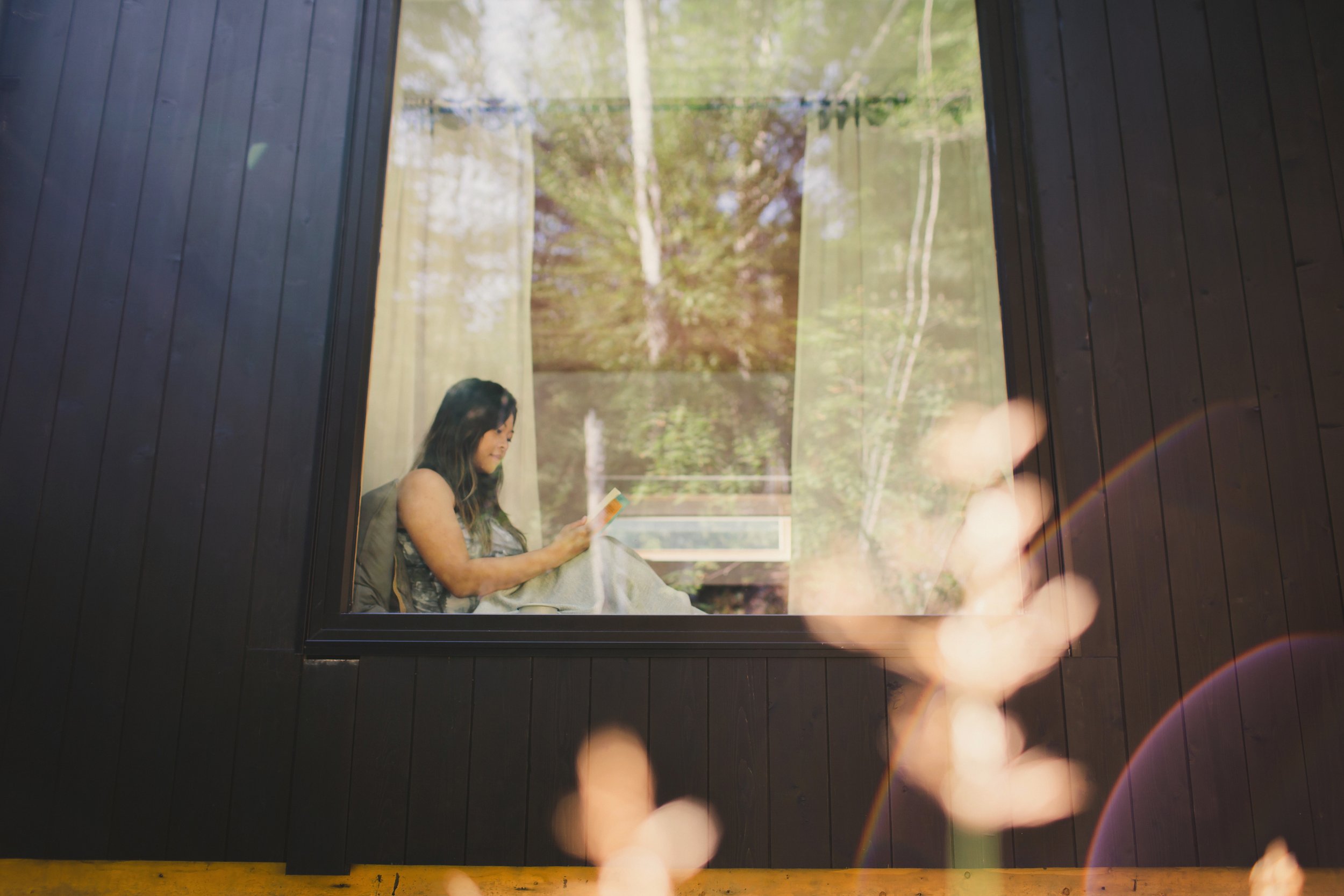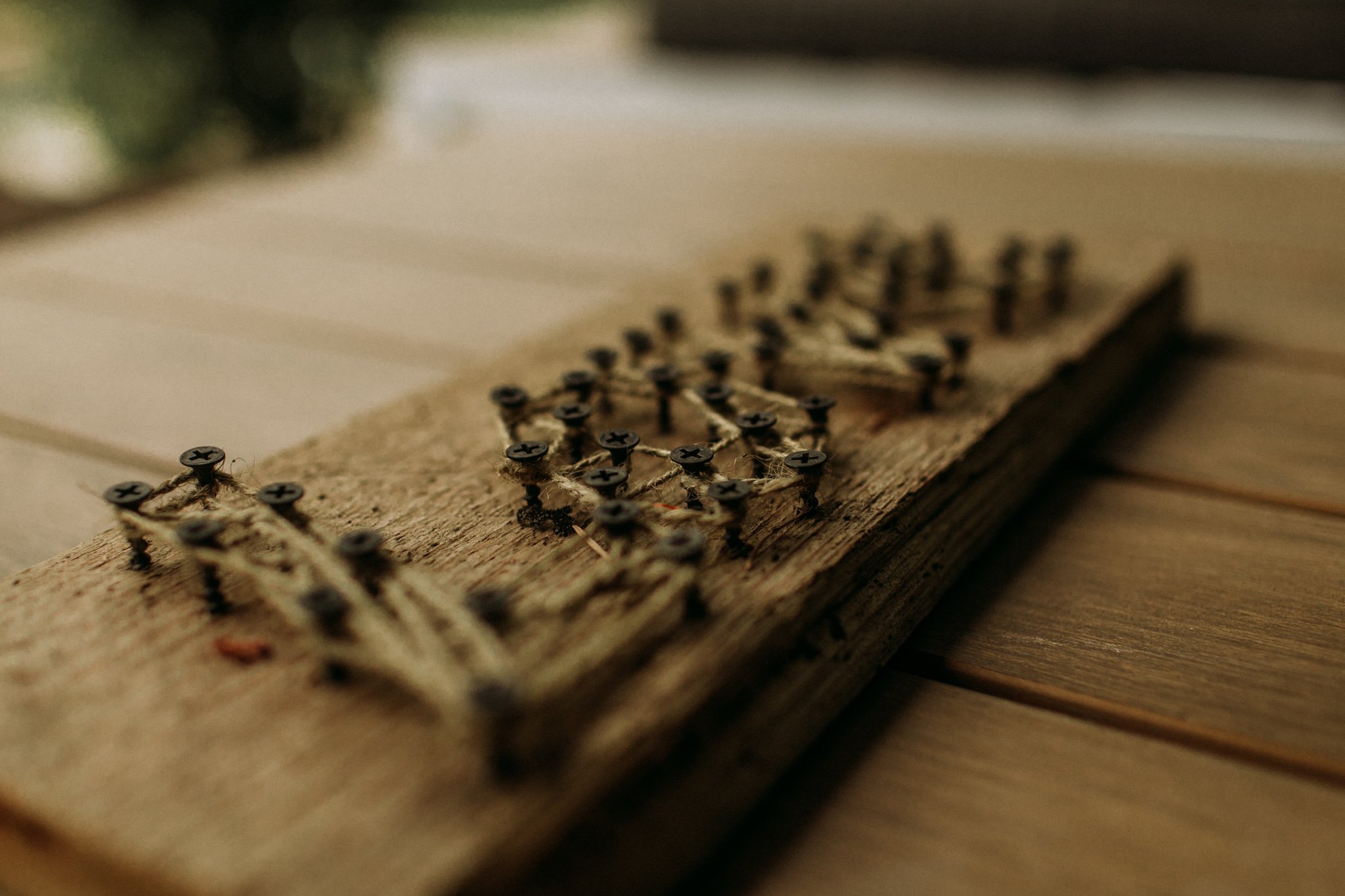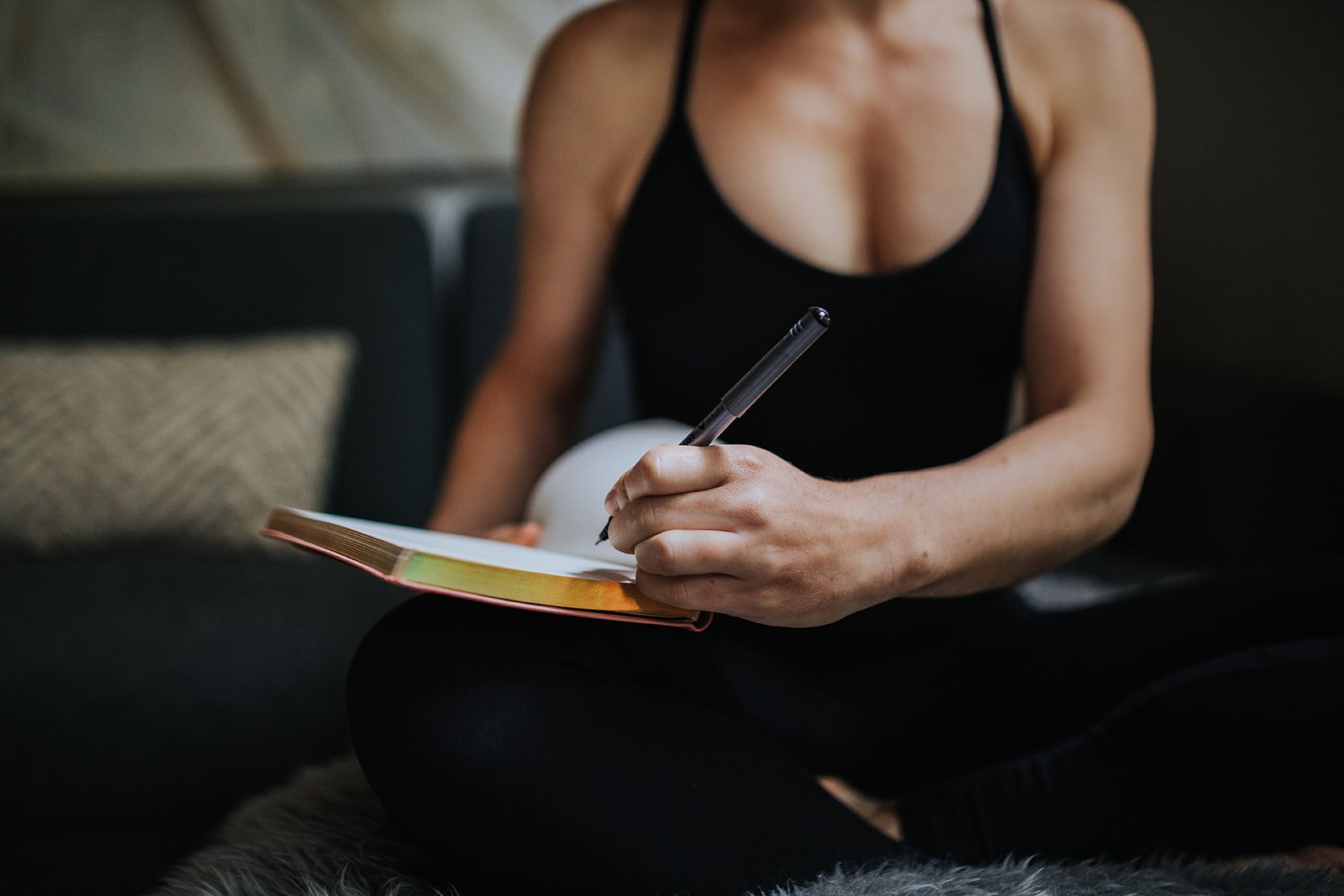Different Styles Of Journaling
Stream Of Consciousness Journaling
Arguably one of the most popular forms of journaling and most freeing. Ignore spelling, grammar, punctuation and everything else, give yourself the permission to allow your thoughts to flow from your mind directly to the page. None of it needs to “make sense,” this style holds space for getting things out and capturing your thoughts in action.
It is common to draw a blank when starting out, in which case the ‘Morning Pages’ exercise outlined in The Artist’s Way by Julia Cameron can be helpful to get started. The exercise outlines that you should try to free-write three pages every morning, challenging yourself not to stop writing until it’s done (even if that means writing “I don’t know what to write” over and over again).
Gratitude Journaling
Practicing gratitude has been proven to increase one’s state of happiness over time. Taking the time to notice the things in your life that you are truly grateful for, can impact your thought process and reactions to people and situations you encounter in your everyday life. Creating a journaling practice while simultaneously cultivating more gratitude in your life will allow for organic space to be created in which you can reflect and grow into the best version of yourself. Gratitude journaling is best practiced at the start or end of your day.
Bullet Journaling
This form of journaling is a great method for anyone who particularly appreciates having things concise and organized, as well as aesthetically pleasing. It combines several journaling goals into a very organized system. It can be used as a daily diary, a calendar and task manager, a place to reflect and process things—just about anything you’d do in a regular journal, you can do with bullet journaling.
What sets bullet journaling apart from other styles is that you don’t typically start with a blank page, but instead use a journal with a dot grid pattern as the base to create beautiful, organized layouts. We encourage you to also use colorful pens + pencils, patterned washi tape, and stickers to make their journaling pages visually appealing and allow your artistic creativity to flow simultaneously as you write.
Dream Journaling
Form a deeper connection with your subconscious mind through this form of journaling. Keep your journal next to your bed and jot down the details of your dreams as soon as you rise in the morning. If you wake up in the middle of the night from a particularly intense dream, write whatever memorable details down about it before going back to sleep, as you may likely forget by morning. Documenting your dreams allows you to work through unprocessed issues in your waking life and come to terms with them. Psychologists believe that there’s a scientific link between our minds and our behaviour; in which dream journaling can give valuable insight into our unique thought processes and patterns we create in our sleep.
Sketch Journaling
If you are someone who is naturally drawn to creating visual art, this style of journaling may come most organically, or at the very least be the foundation to build your journaling practise upon. Rather than writing, this form of journaling encourages your to express your feelings, thoughts + ideas through illustrations, sketches or even doodling. Drawing how you feel, or a scenario you’ve encountered allows for the same release as writing, as well as presenting the same prospect for reflection, through seeing your thoughts on a page in front of you.
Day’s Events Journaling
This practice of journaling is best done in the evening after your day is done. You may choose to write in bullet point style or complete sentences as you re-examine and note the events and emotions that day entailed for you. However you chose to record it, noting your day in your journal is especially beneficial in getting into a daily routine of journaling, as well as allowing your future self a greater opportunity for clearer memories to review and reflect upon at any point later on.
To-Do List Journaling
Instead of keeping an ongoing mental tally of to-do items, write them down in your journal. You can cross things off as you complete them, which not only gives you a great sense of accomplishment but allows you to track everything that you still want to get done and overall be more organized. Similar to bullet journaling, you may choose to write everything in shorthand rather than with proper grammar/punctuation, as well as get more creative in terms of the layout and look of your List Journaling. The style of journaling is favored among those who would label themselves as “Type A”.




